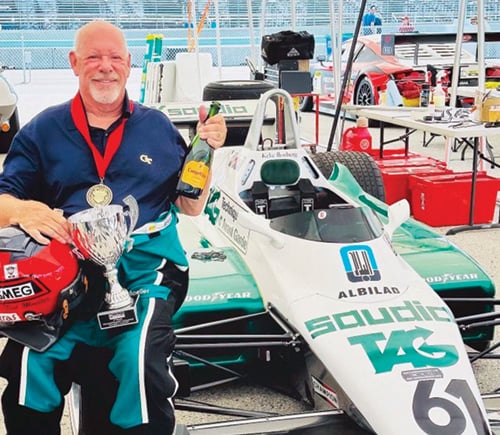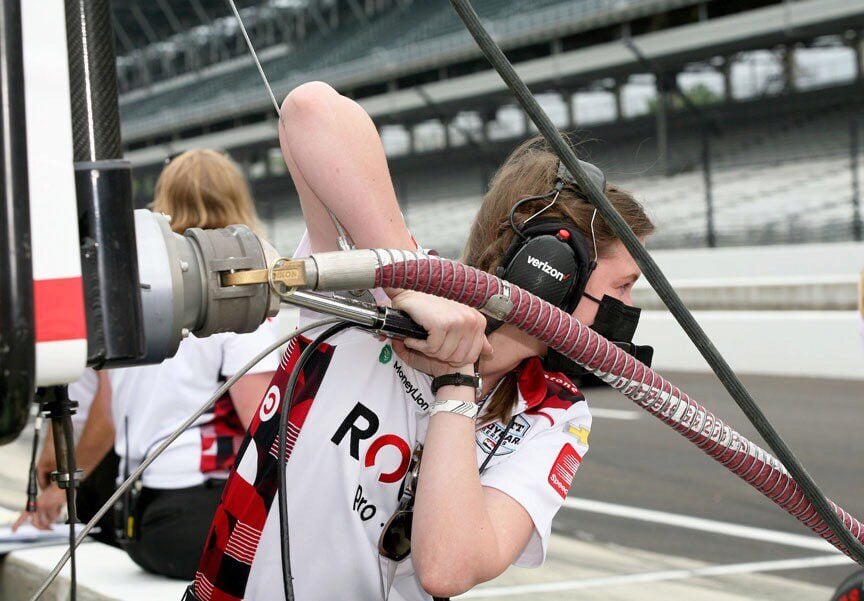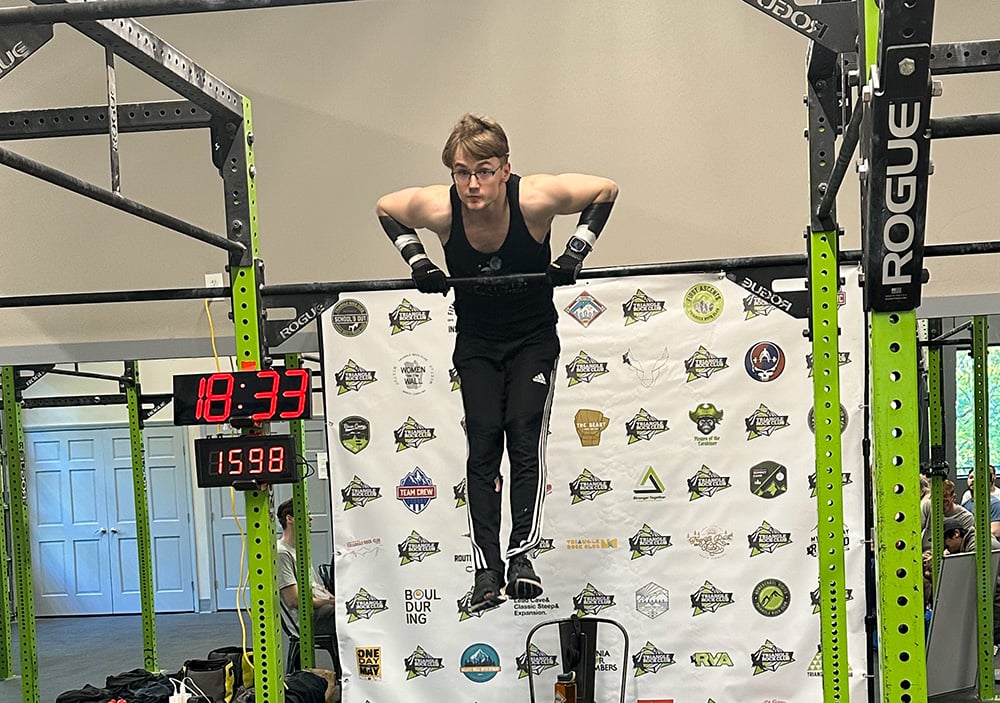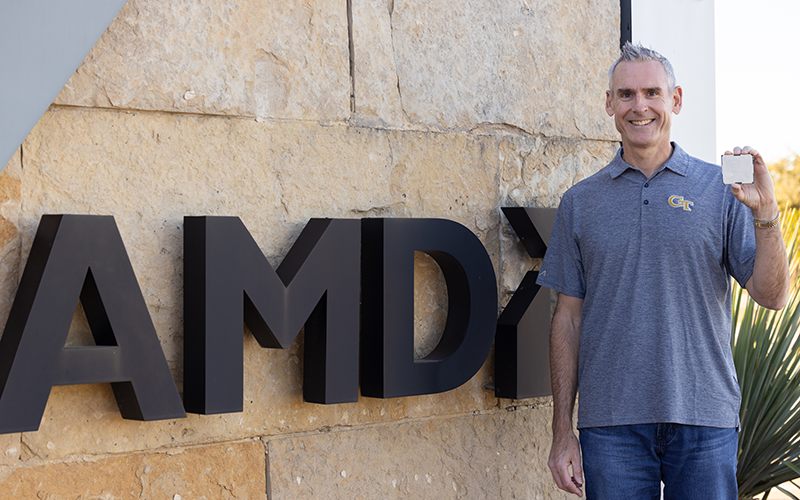Pedal to the Metal
By: George Spencer | Categories: Alumni Achievements

“It’s the ultimate fight of man versus physics and then man versus man,” Moeller says of race car driving. “You’re trying to optimize the car while others are trying to do the same.”
Over the last three decades, Moeller has competed in more than 250 races. He’s traveled more than 213 miles per hour in a car—traversing the distance of a football field in a second—and set lap records at six different tracks.
“When you see in-car video of drivers, you might think they’re out for a Sunday drive, but few recognize the physics involved and the many variables at play—the temperature of the track, the fuel load in the car, debris on the track, and on and on,” he says. “Mathematical equations need to become second nature.”
Then, there’s the human side of successful racing: the visual acuity to pick out a braking point 100 yards ahead; the reflex speed necessary to instantaneously react to car behavior; and the aerobic stamina to endure a race while the heart pounds at up to 180 beats per minute.
“Fearlessness is an important factor or else you wouldn’t be driving at the limit,” Moeller says.
From the Pit Crew
While familiar territory for Moeller, automobile racing represented a new adventure for Georgia Tech mechanical engineering student Chelsea Pechenino when she joined the female-dominated Paretta Autosport team for the Indianapolis 500 in 2021. Working on the No. 16 car driven by Swiss-born driver Simona de Silvestro, one of only 10 women to ever participate in the famed race, Pechenino served as the team’s data acquisition engineer. Her responsibilities included monitoring the Chevrolet car’s electronics and feeding data to the team’s engineers to inform pit-stop strategy.
Working on the No. 16 car driven by Swiss-born driver Simona de Silvestro, one of only 10 women to ever participate in the famed race, Pechenino served as the team’s data acquisition engineer. Her responsibilities included monitoring the Chevrolet car’s electronics and feeding data to the team’s engineers to inform pit-stop strategy.The ferocity and precision of the work fascinated Pechenino. Over two weeks of practice and qualifying prior to the race, Pechenino braved 12- to 14-hour days at the track. She saw seemingly minor adjustments dramatically alter the car’s performance and marveled at de Silvestro’s intuition.
“She would feel something on the track, tell us about it, and, sure enough, the data would support it,” Pechenino says of the veteran driver, who earned the event’s final qualifying spot before finishing 31st in the 2021 field.
Two years after her Indy 500 experience, the soon-to-graduate Pechenino continues savoring her first taste of automobile racing.
“The pressure of qualifying, the energy of the track on race day, cars zooming by at 230 miles per hour, you just can’t put the intensity of the experience into words,” Pechenino says.


